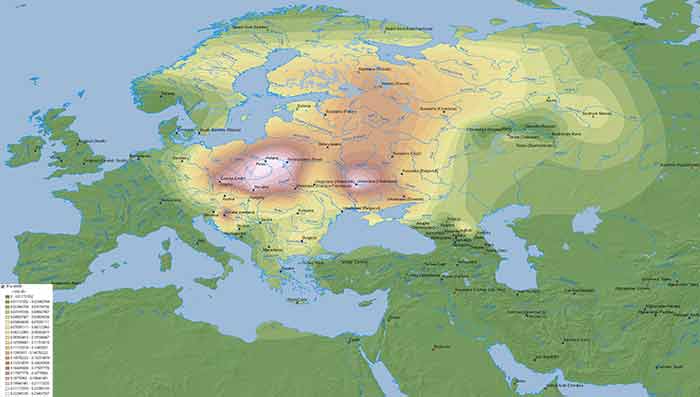These are maps of modern distribution of haplogroup R1a-M198 and its main subclades, using natural neighbour interpolation.
Data includes reports by Underhill et al. (2014), recently updated – among others – by Tambets et al. (2018) and Dudás et al. (2019).
R1a-M417
The expansion of R1a-M417 was most likely associated originally with the spread of the Corded Ware culture.
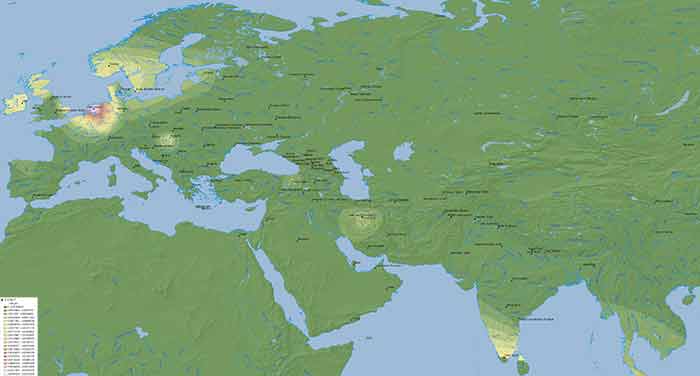
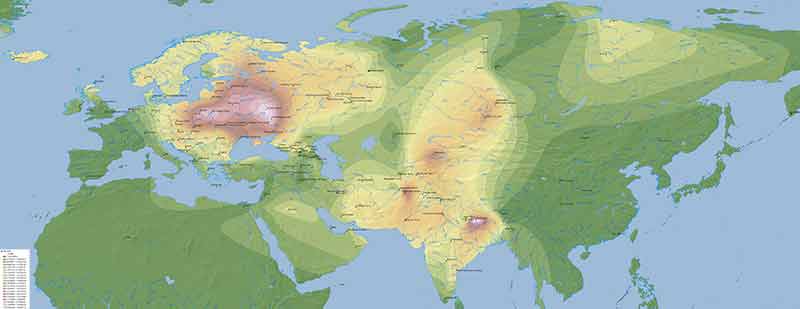
R1a-Z93
Proto-Indo-Iranians expanded under R1a-Z93 bottlenecks from Sintashta-Potapovka into the Srubna-Andronovo horizon, while Eastern Uralic peoples probably expanded eastwards with the Andronovo-like horizon.
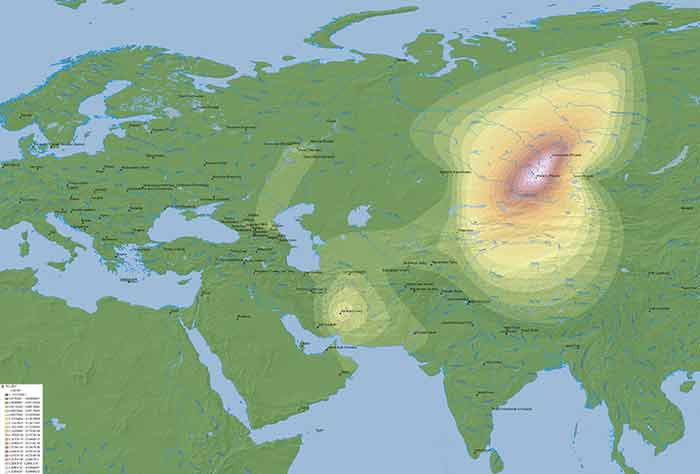

R1a-Z282
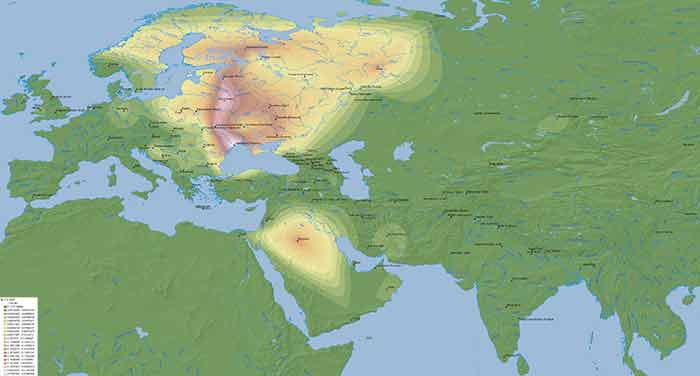

R1a-Z284
Most extant hg. R1a-Z284 subclades were probably associated with the expansion of Proto-Germanic in Scandinavia and later with the expansion of Vikings:
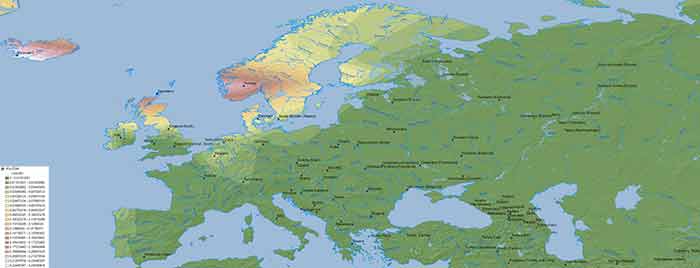
R1a-Z280
While hg. R1a-Z280 was originally associated with Finno-Ugric peoples, the majority of R1a-Z280 lineages are currently found in modern Balto-Slavic speakers.
In particular, some R1a-CTS1211 subclades were still associated until recently with Finno-Ugrians, including expanding Magyar conquerors.
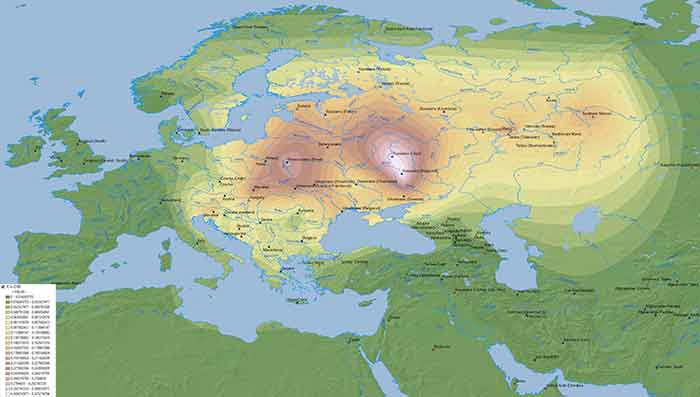
R1a-M458
Haplogroup R1a-M458 appears to have been associated with northern Europe around the Baltic Sea, and quite likely with the early Slavic expansion:
